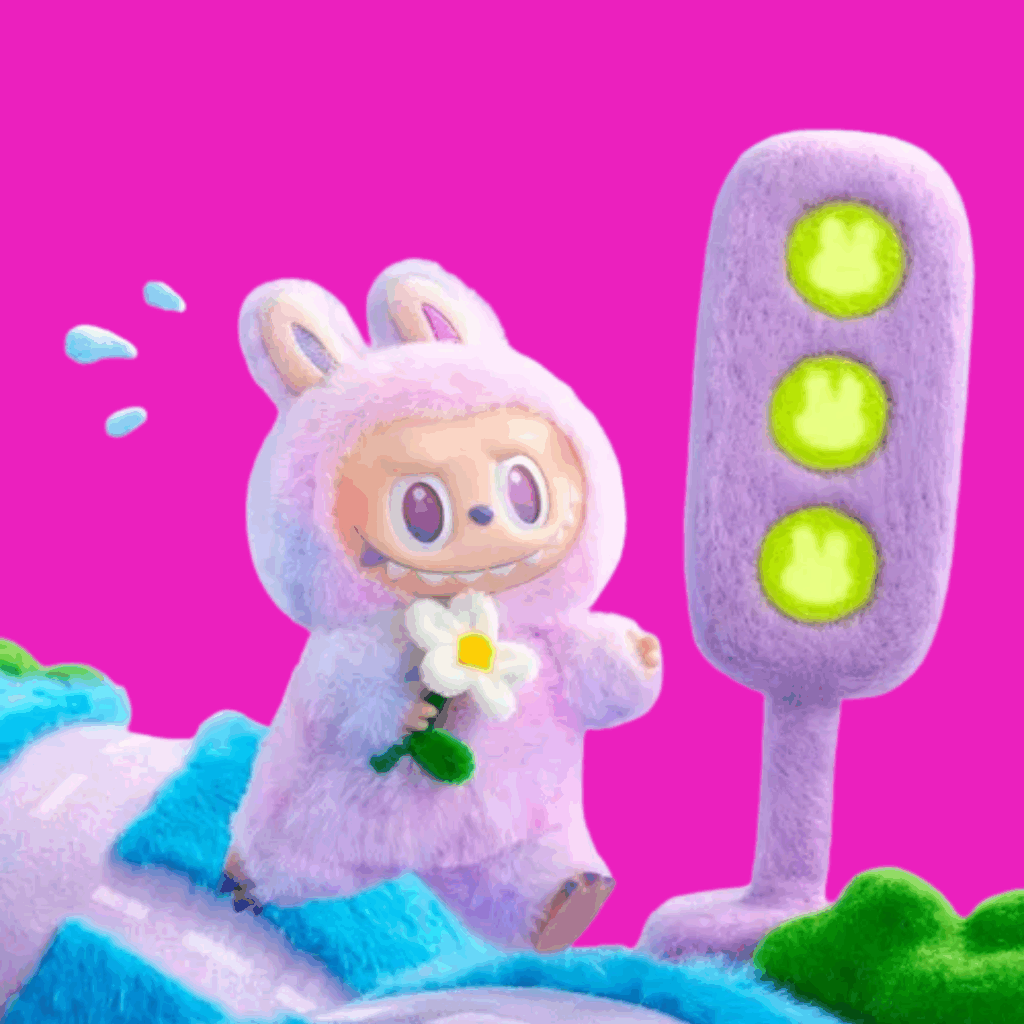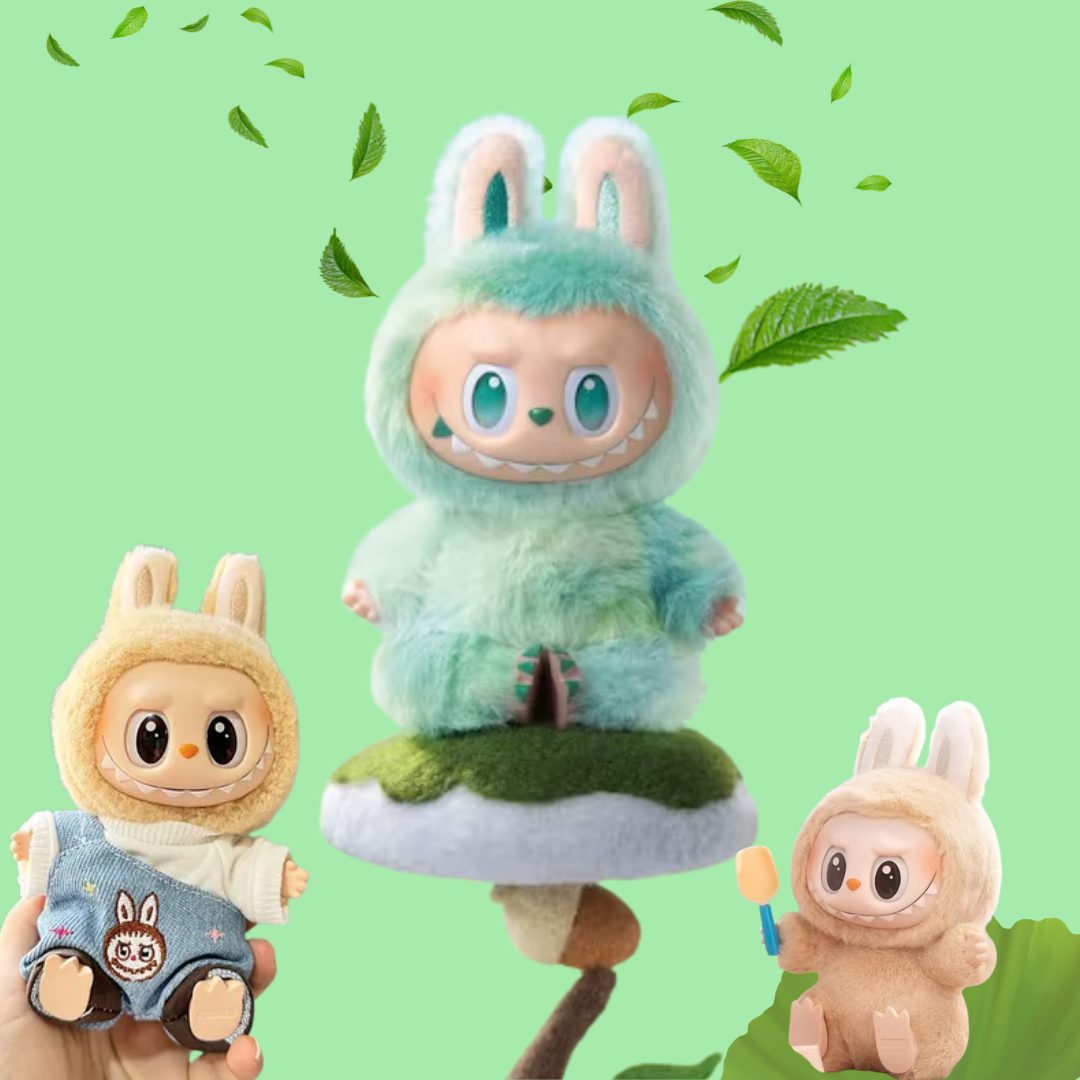When Fantasy Meets Finance
In a world increasingly driven by environmental responsibility and conscious consumption, it’s fascinating to see whimsical figures like Labubu—a collectible toy art character from Pop Mart—entering the realm of sustainable fashion. But this is not a random coincidence. We are witnessing a movement where pop culture, emotional design, and ESG (Environmental, Social, and Governance) values intersect in unexpected and powerful ways.
This article explores how characters like Labubu are shaping the branding of ethical fashion labels—and more than that, how they’re attracting culturally relevant and sustainable investments.
Who Is Labubu and Why Do People Love Him?
Labubu is a character created by Hong Kong artist Kasing Lung, known for his charmingly eerie creatures. With a look that balances between monstrous and adorable, Labubu has captured the hearts of collectors worldwide. His success goes beyond aesthetics—he symbolizes the search for originality in a world of mass production and evokes nostalgia for a more innocent, handmade universe.
The rise of toy art like Labubu reflects a generational shift: consumers now value authenticity, rarity, and emotional storytelling. These are also the foundation of sustainable fashion, creating a surprising but powerful link.
The Power of Affection in Sustainable Branding
Sustainable fashion brands often face a challenge: how to convey their value and uniqueness in a competitive market without relying on the same mass-consumption strategies?
That’s where characters like Labubu come in as narrative tools. They embody a brand’s mission and values, forming emotional bonds with audiences. This is emotional branding at its finest.
Some brands already embrace this approach:
- Stella McCartney: While not using characters, her ecological storytelling and visual identity convey a whimsical, natural tone.
- Mini Rodini (kidswear): Features animals and characters in its prints, always with an eco-friendly message.
- Toxic Skulls Club: NFT collectibles with visual appeal that redirect profits to environmental causes.
Embracing the visual storytelling power of toys like Labubu could be the next step in humanizing green brands.

From Closet to Safe: Sustainable Fashion as an Investment
Labubu isn’t just a decorative item—he’s an asset. Many limited editions have significantly appreciated in value over time. This idea is now being absorbed by ethical fashion brands as well.
It’s the concept of “slow fashion as collectible.” Pieces created in small batches, using sustainable materials and artisanal design, are gaining value—not just emotionally, but also financially.
Real examples include:
- Collaborations between fashion designers and artists with environmental missions.
- Numbered and certified organic cotton garments.
- Creative upcycling with exclusive storytelling.
Just as collectors compete for rare Labubu figures, conscious consumers seek fashion with meaning and appreciation potential.
Pop Culture, ESG, and the New Investor Appetite
As pressure grows for ESG-compliant investments, funds and investors are paying attention to brands’ symbolic and cultural value. Brands that align sustainability with pop culture stand out competitively.
The use of mascots, characters, and visual storytelling makes these brands more memorable, shareable, and engaging.
Market Connection:
- Brands with strong emotional branding tend to show better engagement performance.
- Investors believe companies with compelling narratives are more likely to build customer loyalty.
- Emotional sustainability is a real asset.
Labubu, in this sense, is an “engagement magnet”—his look and personal universe help create connections that transcend the product.
How to Build a Brand Inspired by Labubu (Without Copying)
If you want to build an ethical fashion brand with similar visual appeal, here are the pillars:
- Create Your Own Character or Universe
- It could be an animal, creature, or avatar representing your mission.
- Invest in Multiplatform Storytelling
- Use comics, animations, narrative posts, collectibles, or NFTs.
- Use Sustainable, Limited Production
- Launch small collections with emotional and ecological value.
- Offer Transformation
- Every captivating brand delivers a vision of the world. What’s yours?
Purposeful Fantasy Is a New Market Value
In a time when people want to consume with meaning, the charming visuals of characters like Labubu are not superficial. They represent a desire for connection, magic, and authenticity in an increasingly saturated market.
Sustainable brands that embrace this emotional appeal and translate it into visual and sensory experiences will not only win hearts but also attract investors looking at the new emotional economy.
So yes: Labubu can be a key. Not only to enchant consumers, but to open doors in the world of conscious fashion, soulful branding, and impact-driven investments.







